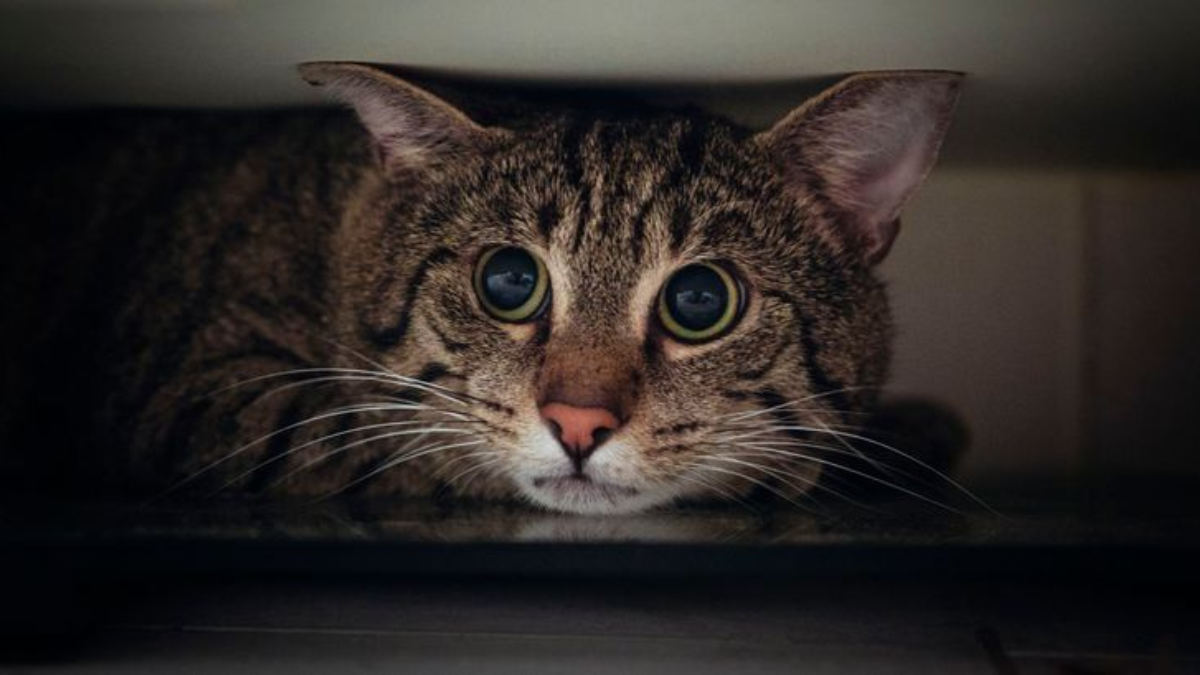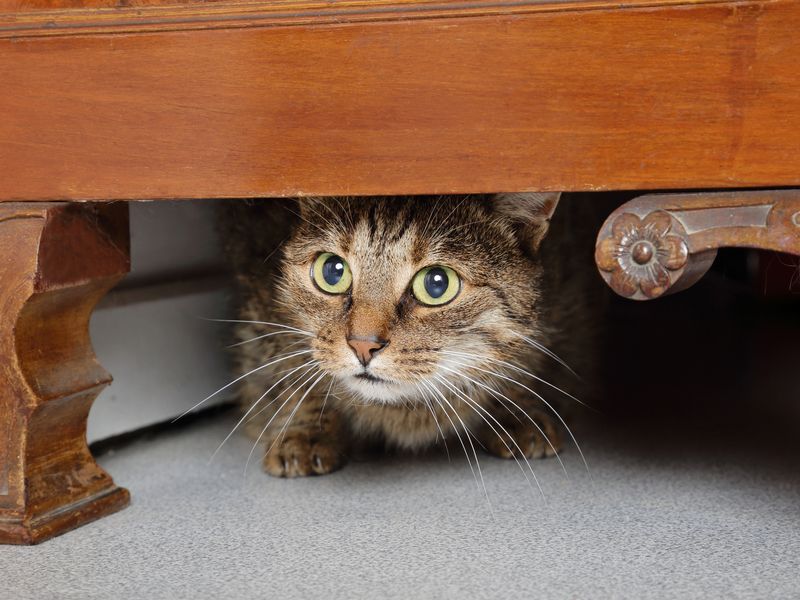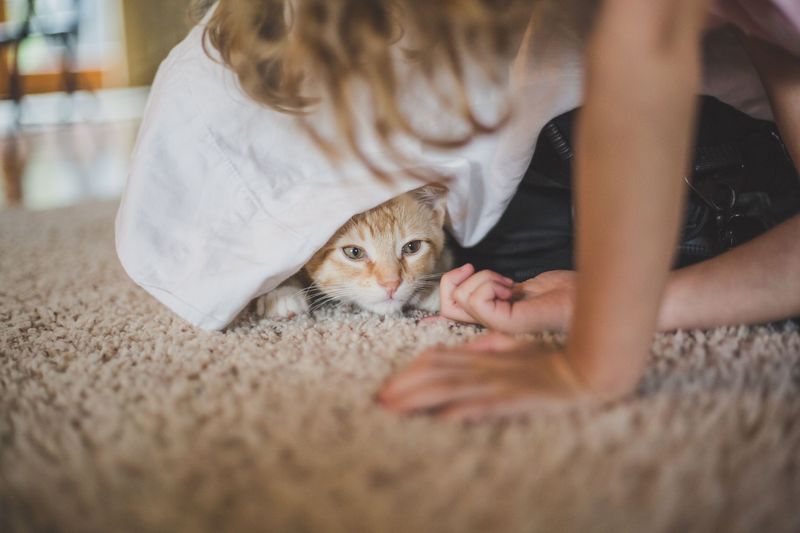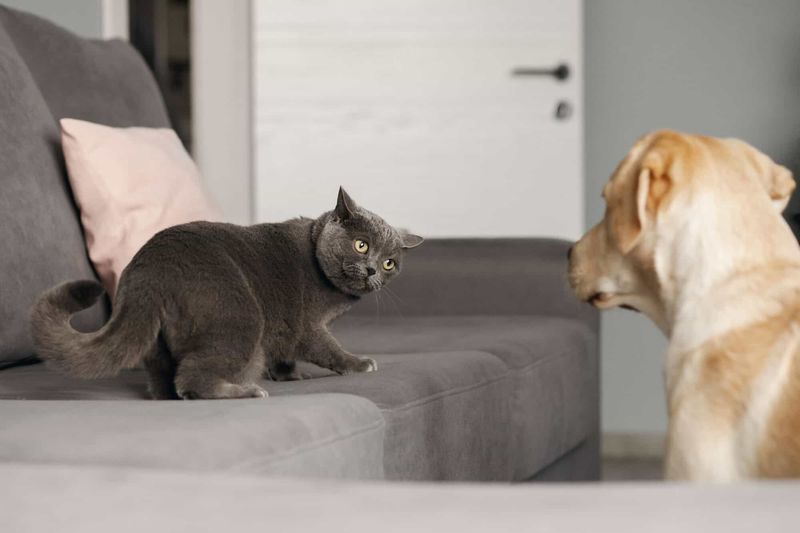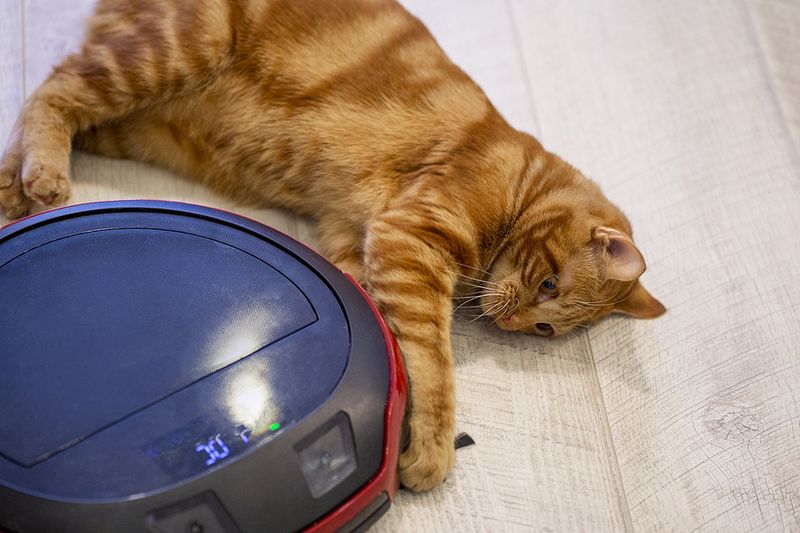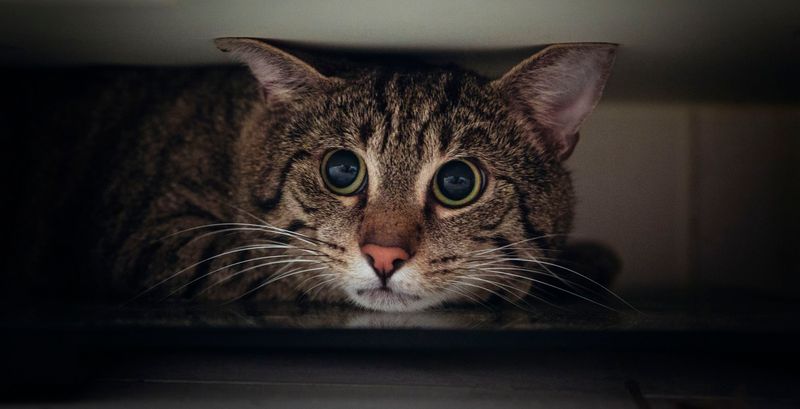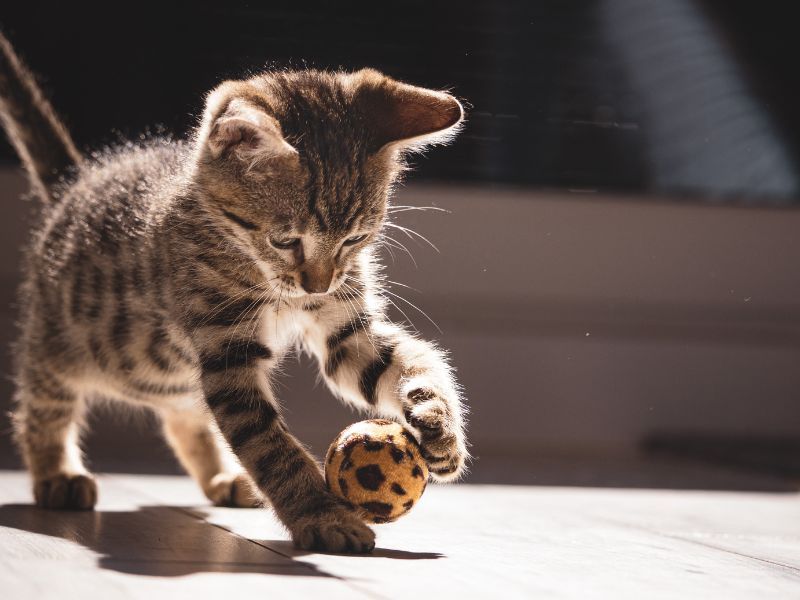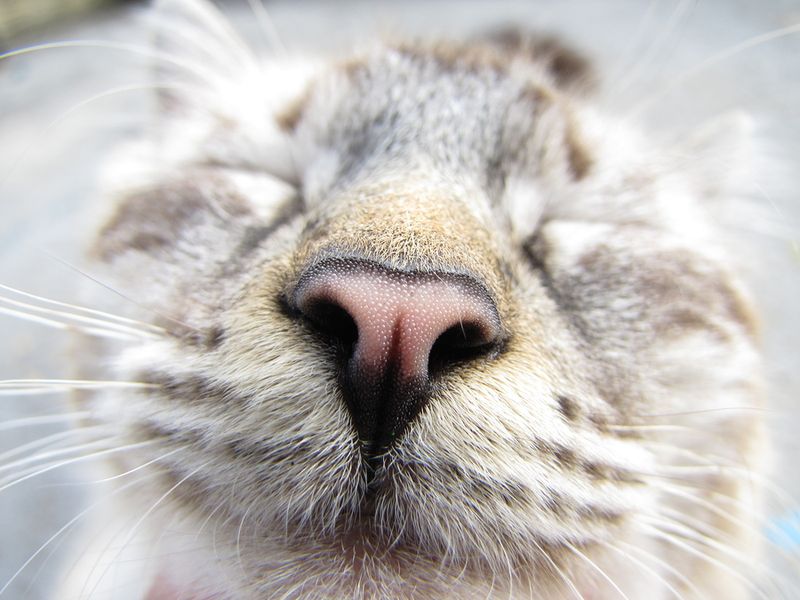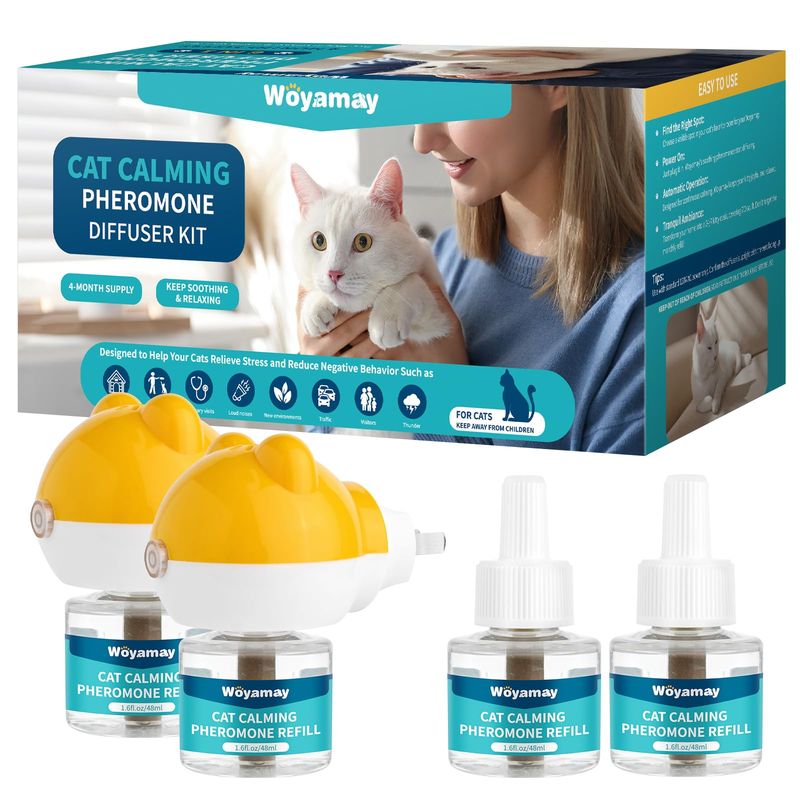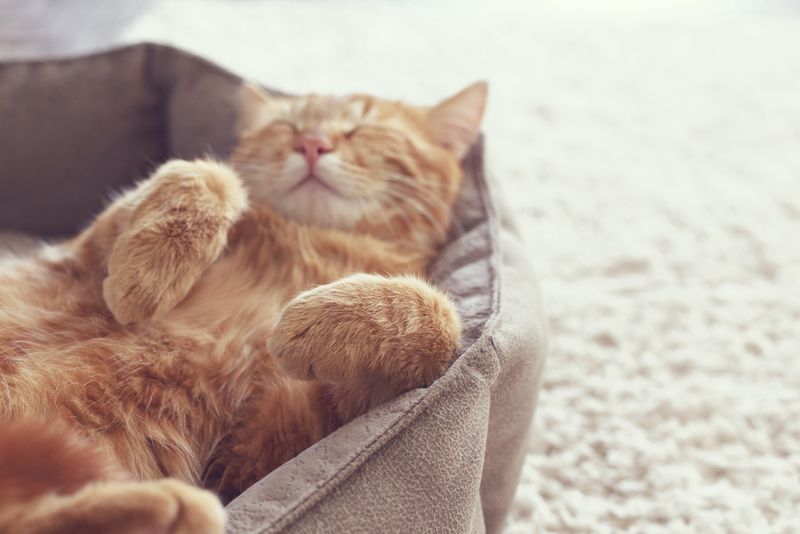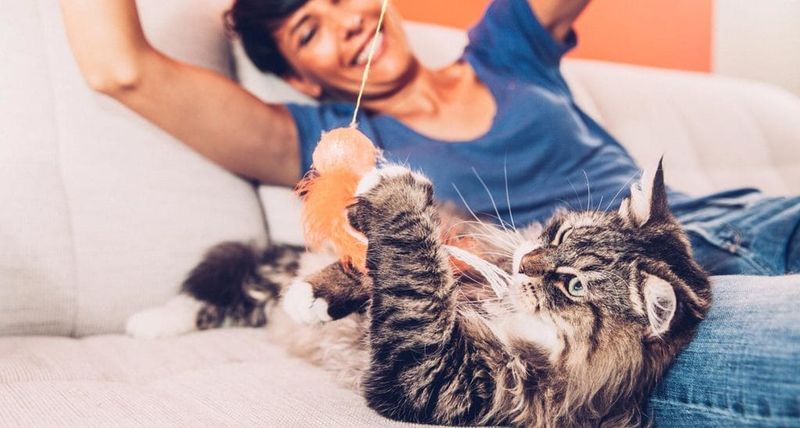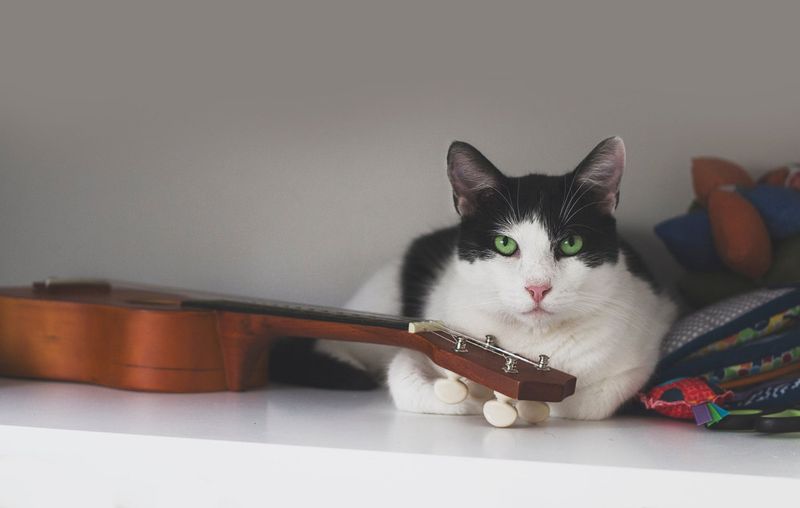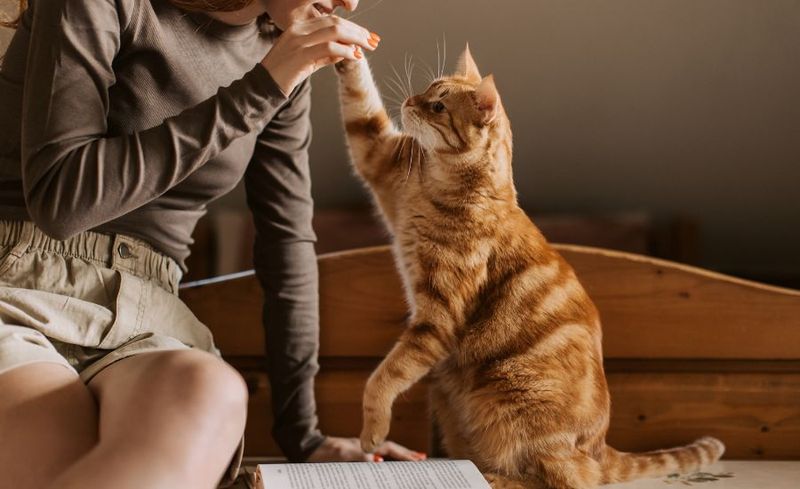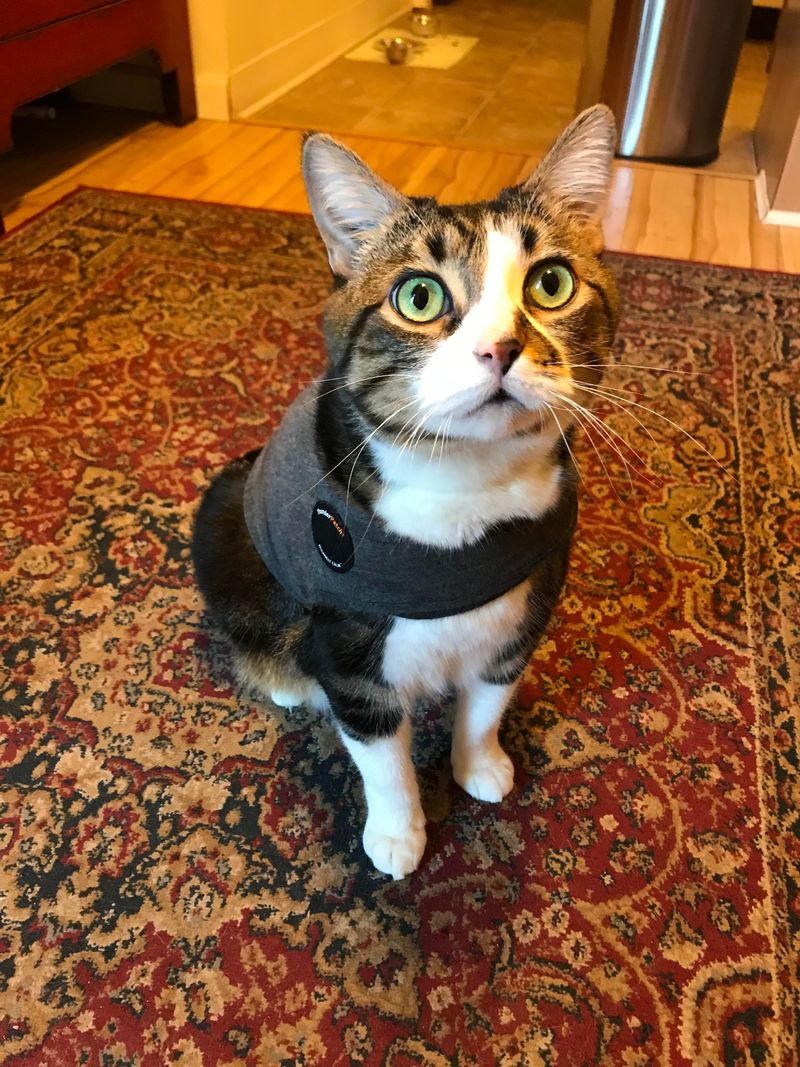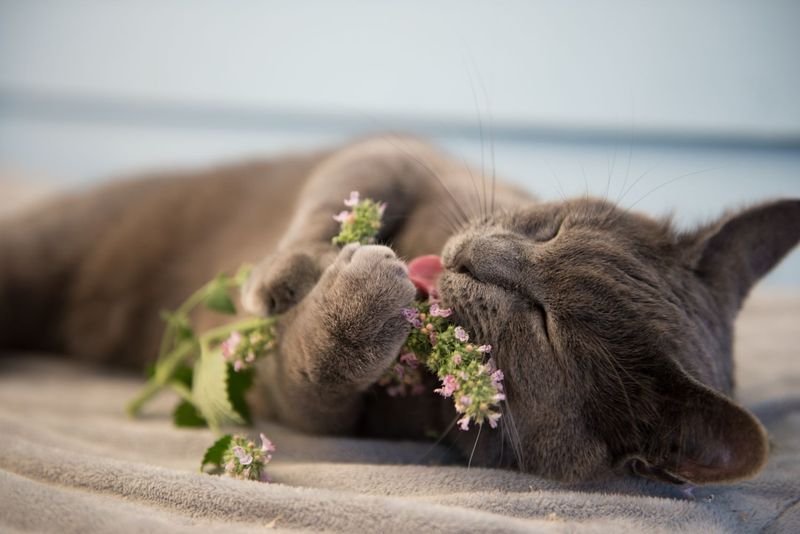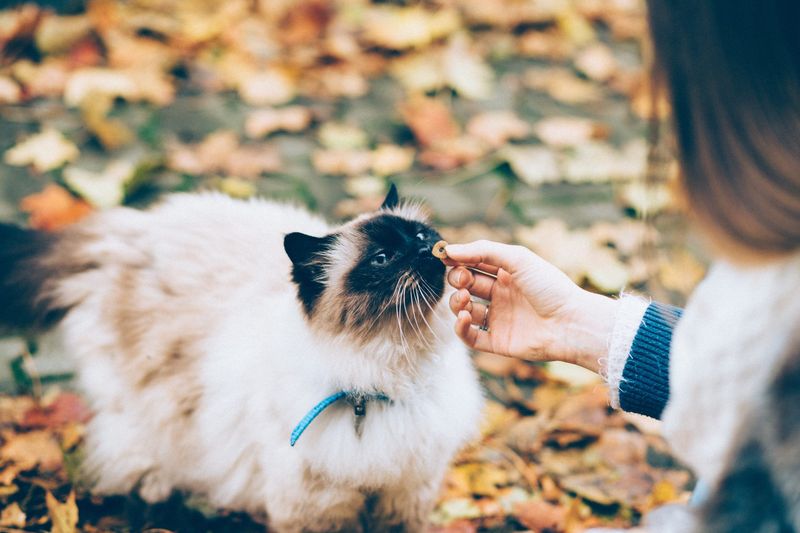📖 Table of Content:
- 1. Loud Noises
- 2. Strangers
- 3. Other Animals
- 4. Car Rides
- 5. Vacuum Cleaners
- 6. Changes in Environment
- 7. Being Alone
- 8. Unfamiliar Scents
- 9. Pheromone Diffusers
- 10. Safe Spaces
- 11. Interactive Playtime
- 12. Gentle Music
- 13. Routine Consistency
- 14. Calming Apparel
- 15. Herbal Remedies
- 16. Positive Reinforcement
Cats are fascinating animals, each with their own quirks and behaviors that often leave people in awe. Despite their independence, they can be surprisingly sensitive to various triggers in their environment. Recognizing what causes stress or anxiety in cats is essential to creating a space where they feel secure.
The world of a cat can sometimes be filled with things that make them uneasy, from loud noises to unfamiliar scents. These triggers can lead to behaviors that may seem puzzling to their owners. Identifying these sources of fear allows for a more empathetic approach to managing their well-being.
Fortunately, there are several ways to help cats feel at ease again. A few simple techniques can make a big difference in restoring their sense of comfort. By understanding their anxieties and applying effective calming methods, a peaceful and safe environment can be achieved for these sensitive companions.
1. Loud Noises
Thunderstorms, fireworks, or even a sudden clatter of a dropped pan can terrify cats. Their acute sense of hearing makes loud noises overwhelming and frightening. A cat may bolt under the bed or into a safe corner, eyes wide and ears flattened against their head. To them, the world suddenly feels unpredictable and hostile.
This reactive nature is deeply rooted in their survival instincts, as loud noises often signal danger. Despite being domesticated, these instincts persist. Understanding this sensitivity helps in creating a quieter, more predictable environment, reducing their stress.
2. Strangers
Cats are naturally cautious around unfamiliar people. A stranger’s sudden approach might cause them to retreat or hide. New scents and sounds can be unsettling, triggering their innate wariness. Each stranger represents a potential threat, and until proven otherwise, a cat prefers to observe from a distance. The unpredictability of human interaction adds to their anxiety.
This cautious demeanor protects them from possible danger, but can be managed with gradual introductions and positive reinforcement, helping the cat feel more secure and less threatened by newcomers.
3. Other Animals
The world of a cat can quickly turn into a battleground when another animal enters its space. Dogs, with their loud presence and energy, can send a cat into full alert, puffing up and hissing in response. This is all part of their instinct to guard their territory. Even the flutter of a bird’s wings or the scurrying of a mouse can send waves of unease through a cat, as they instinctively protect their domain.
Understanding these dynamics helps in managing interactions and ensuring each animal feels safe, reducing conflict and stress. Gradual introductions and controlled environments can ease these trepidations over time.
4. Car Rides
For many cats, car rides are an ordeal. The unfamiliar motion, strange noises, and new smells create a cocktail of stress. Unlike dogs, most cats don’t associate car rides with fun adventures. Their anxiety is often visible through vocalizations, drooling, or attempts to escape the carrier. This discomfort is usually linked to a lack of control and the unpredictable nature of travel.
Helping cats adjust involves acclimating them slowly to car environments, using treats and positive reinforcement to create more positive associations with this often-dreaded experience.
5. Vacuum Cleaners
The vacuum cleaner is a common nemesis for many cats. Its loud roar and unpredictable movement can be terrifying. To a cat, the vacuum might seem like a large, noisy predator invading their territory.
This fear often leads them to flee or hide until the machine is safely stowed away. The noise disrupts their peaceful environment, which can be unsettling. Gradually introducing the vacuum while it’s off, or at a low setting, can help cats adjust to its presence. Over time, this can reduce their fear, promoting a more peaceful coexistence.
6. Changes in Environment
Cats are creatures of habit and thrive in stable environments. A change, like moving furniture or relocating, can upset their sense of security. These changes alter the familiar scents and sights, making the world seem unpredictable. A once familiar room becomes alien and intimidating.
To ease this transition, introduce changes gradually and maintain some familiar elements. Provide safe spaces where the cat can retreat and regroup. Slowly, they’ll adapt to the new environment, finding comfort in the familiar once more.
7. Being Alone
Despite their independent reputation, cats can experience distress when left alone for extended periods. This solitude can lead to anxiety, characterized by excessive vocalizations or destructive behavior. Their need for companionship varies, but a consistent absence of interaction can be unsettling.
Creating a stimulating environment with toys and interactive elements can help alleviate their loneliness. Providing company, whether from humans or other pets, also eases this anxiety, making the home a comforting sanctuary rather than a place of solitude.
8. Unfamiliar Scents
The sense of smell is a cat’s primary tool for understanding their environment. When they encounter a new, unfamiliar scent, it can create a sense of unease, as it often signals something has changed or that there’s a potential threat nearby. Whether it’s a different cleaning product or an unfamiliar object, the cat’s natural response is to investigate or retreat until they feel secure again.
Introducing new scents gradually and associating them with positive experiences can help ease their apprehension. This method allows cats to adjust at their own pace, transforming fear into curiosity and acceptance.
9. Pheromone Diffusers
Pheromone diffusers mimic the natural calming signals cats use to communicate with each other. These devices can transform a stressful environment into a tranquil haven. They work by releasing synthetic pheromones that promote a sense of safety and well-being. For anxious cats, this can mean the difference between a tense, fearful state and relaxed comfort.
Utilized in areas where cats spend most of their time, pheromone diffusers create a consistent atmosphere of reassurance. This subtle, scent-based approach can significantly reduce anxiety, making life more harmonious for both cats and owners.
10. Safe Spaces
Every cat needs a sanctuary—a place to retreat and feel completely at ease. A quiet, private spot away from household activity becomes their safe haven, helping them escape from the pressures of their environment. Whether it’s a soft bed in a secluded corner or a hidden nook, these personal spaces are vital for their emotional health, allowing them to decompress and recharge.
Creating such spaces with familiar items and scents encourages relaxation. Over time, these retreats become synonymous with comfort, helping cats navigate their fears with the assurance of a nearby escape.
11. Interactive Playtime
To stay happy and healthy, cats need interactive play to engage their minds and bodies. Toys like feather wands and laser pointers simulate hunting, providing a satisfying challenge for their instincts. Play not only keeps them entertained but also helps ease anxiety, offering a positive way to burn off energy and build predictable routines.
Moreover, these playful interactions strengthen the bond between cats and their humans. Through play, a cat’s world is enriched, transforming fear into joy and ensuring they feel loved and understood.
12. Gentle Music
Music isn’t just for humans; cats can benefit from it too. Gentle, calming music can soothe an anxious cat, masking stressful noises and creating a peaceful atmosphere.
Certain genres, like classical or specifically composed pet music, have tones and rhythms that can ease feline anxiety. Playing music during stressful situations, such as thunderstorms or fireworks, provides comfort and distraction. Over time, cats may associate the melodies with calmness, helping them cope better with their environment’s unpredictable nature.
13. Routine Consistency
Stability is vital for cats, and routine is the best way to provide it. Predictable feeding times, play sessions, and regular interactions help eliminate surprises that could trigger anxiety. This consistency builds trust and allows cats to feel in control of their environment, contributing to their overall sense of security.
When routines are disrupted, anxiety can increase, leading to behavioral issues. Maintaining consistency reassures cats that their world remains stable, fostering a peaceful coexistence. A well-established routine becomes a comforting anchor in their day-to-day lives.
14. Calming Apparel
Snug-fitting calming vests can work wonders for anxious cats. By applying gentle pressure, these garments mimic the calming effect of swaddling, offering relief from stress. Whether it’s during travel or a vet visit, the sensation of being gently held helps calm their nerves and minimizes fear responses.
However, not all cats appreciate wearing apparel, so gradual introduction is key. Ensure the fit is comfortable and never forces them into distress. The aim is to offer reassurance and calm, transforming a source of anxiety into an opportunity for comfort and security.
15. Herbal Remedies
For anxious cats, herbs like catnip and valerian root can provide natural relief. Catnip often starts with a burst of energy, followed by a relaxing calm, while valerian root is recognized for its calming, sedative qualities. These herbs can be incorporated into toys or treats to help ease your cat’s stress.
It’s essential to monitor the cat’s reaction to ensure a positive outcome. Natural remedies offer an alternative to pharmaceuticals, providing gentle, effective relief from stressors.
16. Positive Reinforcement
Rewarding calm behavior through positive reinforcement is an excellent way to alleviate anxiety in cats. Treats or affection help reinforce relaxed actions, prompting cats to repeat them. Over time, they learn to associate stressors with positive experiences, gradually reducing their fear and anxiety.
Over time, positive reinforcement can transform a fearful environment into one of confidence and security. This approach not only alleviates anxiety but also strengthens the bond between cat and owner, enriching their shared life.
